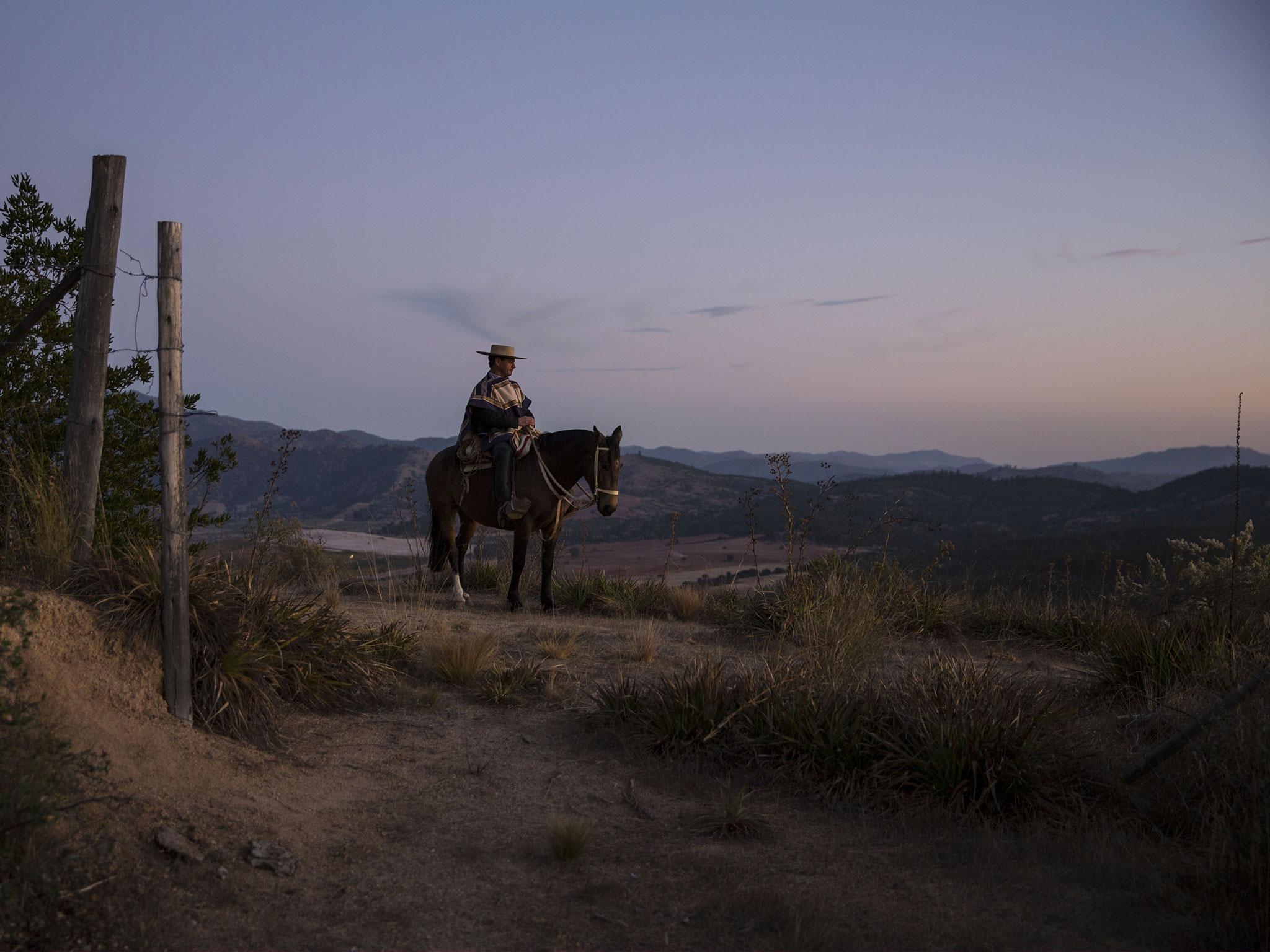CA.LE. Viognier

The vintage
A rainy winter gave way to a cool spring where the maximum temperatures never raised over 26°C. Rain showed up only and briefly at the beginning of summer, along with some unusual cool temperatures, that made this season, without any doubt, the freshest to date. A round the clock surveillance, tasting the grapes, checking their maturity was necessary to find out the best vintage date.
In the case of the Cañeten region in Colchagua, the Viognier harvest took place on March 26.
Leyda, being much cooler, forced us to wait to achieve optimum maturity, harvesting on April 17.
Location
Stretching from the Coastal range to the foothills of the Andes mountains, Colchagua’s Mediterranean climate and privileged terroirs have made it a place of choice to produce quality wines in Chile. Los Vascos estate lies at the foothills of the coastal range, 200km South West of Santiago, in the cooler part of Colchagua where the vines benefit from the natural cooling influence of the Pacific Ocean.
Terroir
Los Vascos is made up of a large diversity of soils. The heart of the estate, in the valley floor, consists of sand and clay alluvions left by the erosion of neighbouring granitic hills, as well as Tosca, a very hard soil made from volcanic ashes that have been transported by rivers into the plains and compacted over time. Grapes are mainly sourced from the coolest parts of Los Vascos at the foot of Mount Cañeten and Leyda Valley.
Winemaking
The grapes from both valleys are harvested manually, destemmed, cooled and placed in the press for a cold maceration. After 8h maceration, the must is drained and pressing begins, followed by a cold decanting between 4 to 7°C. The must is then transferred in French oak barrels for fermentation, which takes place at temperatures below 18°C. Once it is finished, the wines are kept on their lees for 2 months with regular batonage.
After fermentation, the wines are kept in the barrels for approximately 9 months. Subsequently, each barrel is tasted, and the ideal blend is determined.
Grapes
Tasting
Crystalline and bright yellow color with greenish notes.
The nose is intense and highly complex, where notes of yellow and orange flowers such as lilies stand out, accompanied by aromas of fruits such as melon and ripe apricots.
On the palate soft and sweet entry gives way to a tense acidity and surprising volume. In the aftertaste, the apricot stands out again and notes of nuts such as hazelnuts appear, a characteristic aroma of the barrels with a soft toasting where the wine was fermented.
Downloads

